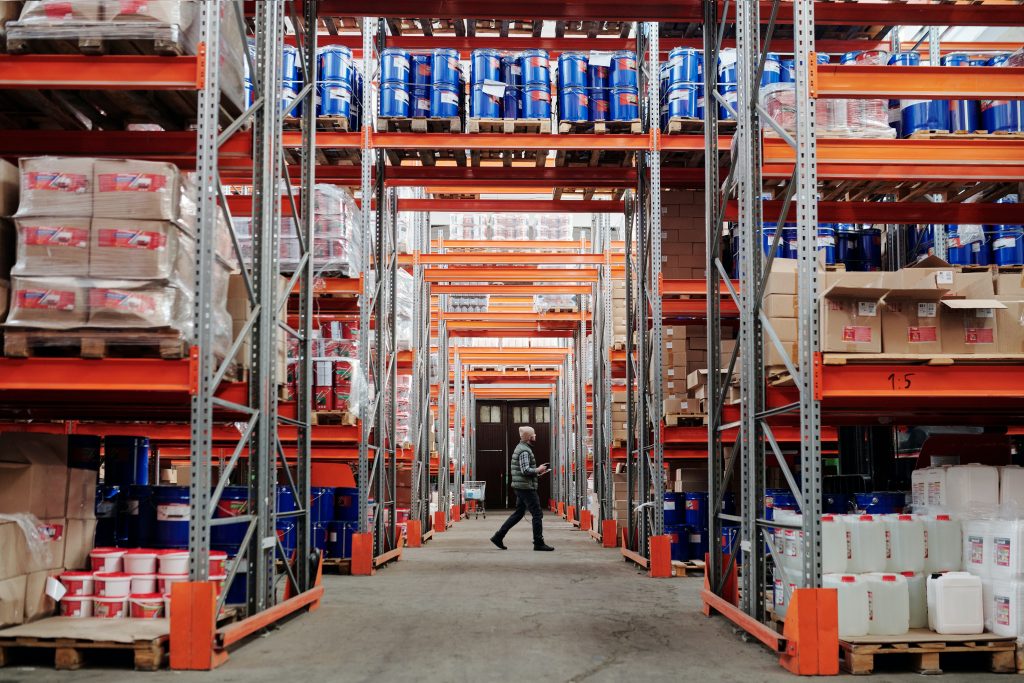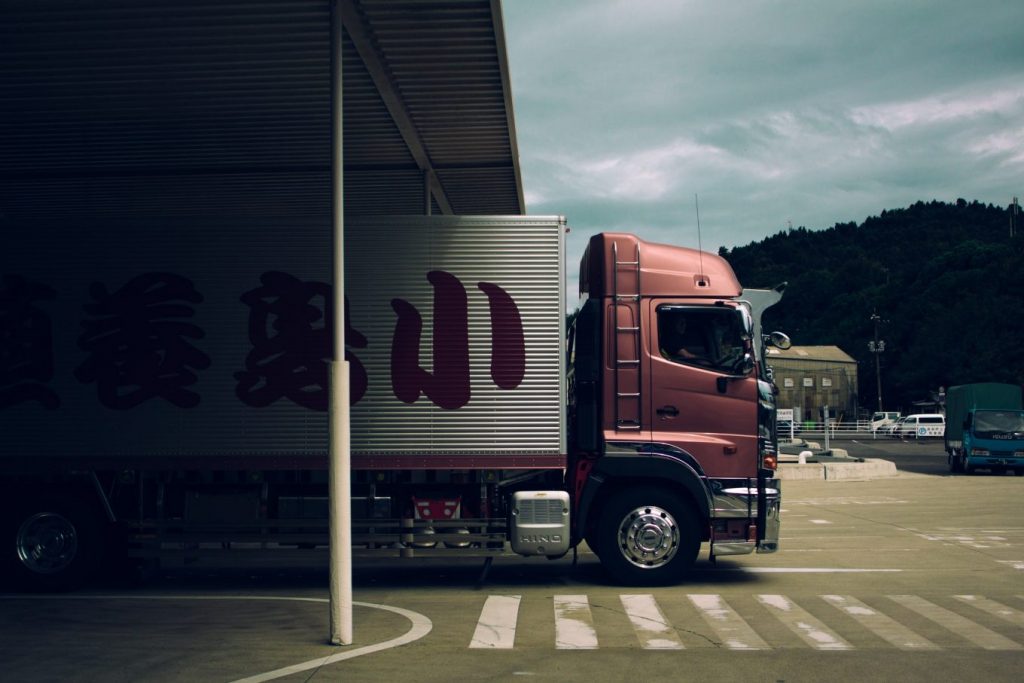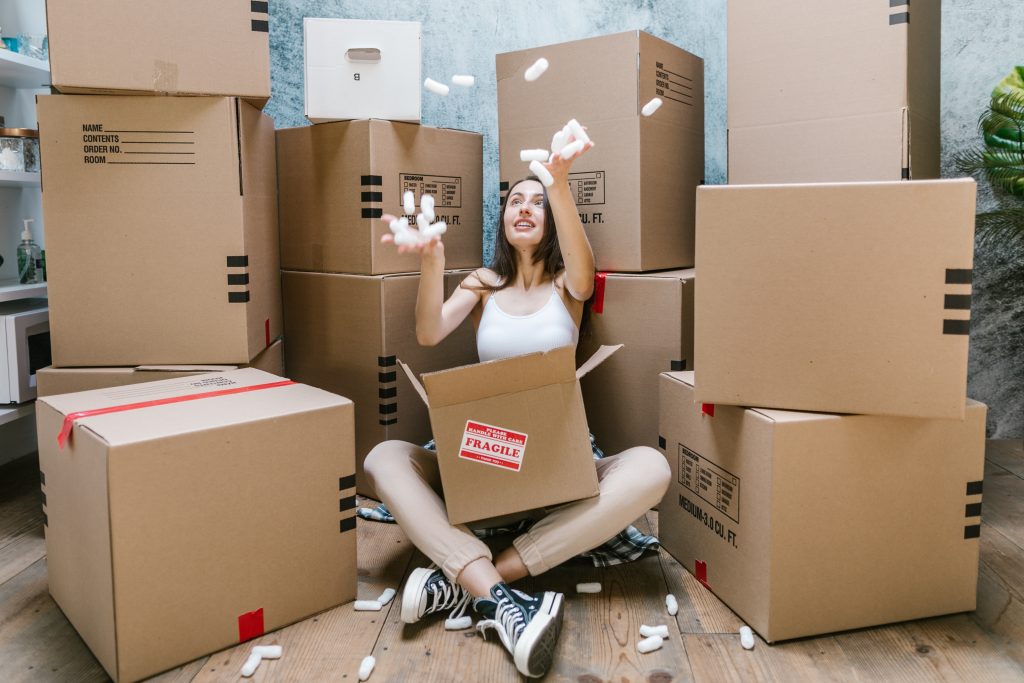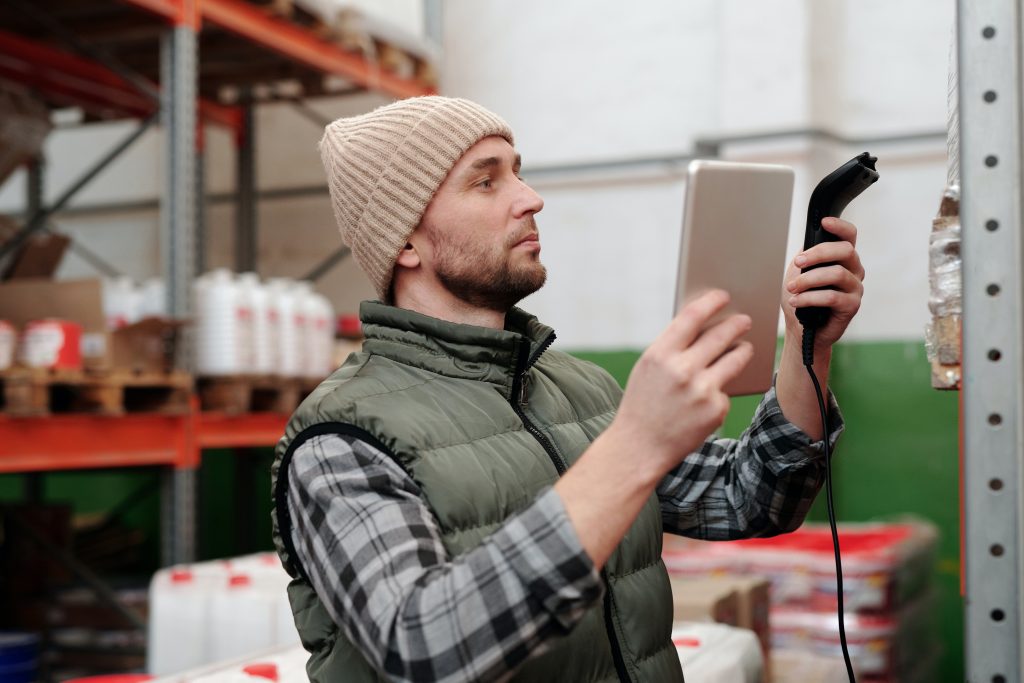home > articles > amazon fba sellers >
When setting up your Amazon FBA business, it’s essential to know what fees to expect when shipping a parcel using Amazon’s fulfillment services.
If you are aware of shipping costs, you will plan your budgets better and ensure you maximize your profit margins.
So, how do you calculate the costs of shipping using Amazon’s fulfillment services? Read more to find out!
What Are Amazon FBA Fees?
Amazon FBA fees are the fees you have to pay when using Amazon’s fulfillment services to sell your products, store them, and ship them.
If you are setting up an Amazon FBA business, you must consider all of the associated costs. Shipping costs, manufacturing costs, and other service charges should all factor into your decisions when pricing your products.
If you price your products to accommodate all shipping and manufacturing fees, you will ensure your business’s profitability.
What Fees Can You Expect To Pay For Fulfillment By Amazon?
When calculating the fulfillment costs, it is also helpful to calculate the costs for shipping and manufacturing your products. You can get a quote from your freight forwarding service that will help with your calculations.
To understand Amazon FBA fees, you will need to know the basic fees and other factors that can influence Amazon FBA costs.
Basic Fees
The basic fees of fulfillment by Amazon include Amazon seller account fees, fees for refunds, fulfillment fees, storage fees, and additional fees. Read on to know further details about each of the primary Amazon FBA fees.
Amazon Seller Account Fees
The first thing you need to understand about Amazon seller account fees is the referral fees. Referral fees are the commission fees you pay to Amazon for using their platform to sell your products.
There are referral fee calculators that you can use to get a figure for your referral fees. Referral fees vary by product category, and they are listed as a percentage of the product’s sale price.
The minimum referral fee is $0.30. The highest referral fees are for:
- Books, for which the referral fee is 45%of the sale price.
- Warranties, protection plans, and service contracts, for which the referral fee is 96% of the sale price.
For other product categories, most referral fees for Amazon sellers are under 20%.
Amazon offers two monthly subscription fee plans. There is an individual account, which is for Amazon sellers who sell under 50 items per month. With this account, there is no set fee, and you pay $0.99 per shipped item.
There is also a professional account, for which you pay $39.99 per month, and you can ship as many items as you like.
Refund Fees
For refunds, you will have to pay 20% of the referral fee; Amazon will charge you no more than $5. Once you refund the item, Amazon will refund your referral fee, minus the 20% processing fee.
Fulfillment Fee
Fulfillment FBA fees are sorted by the size and weight of the item and whether the item is apparel.
For standard-sized, non-apparel items, the FBA fees are between $2.50 and $5.42, depending on the item’s weight.
For standard-sized apparel items, the fulfillment fee is between $2.92 and $5.95, depending on the item’s weight.
For oversized apparel and non-apparel items:
- Small oversized items (more than 71lb) cost a set fulfillment fee of $8.26 plus $0.38 per lb above the first 21lb.
- Medium oversized items (more than 151lb) cost a set fulfillment fee of $11.37 plus $0.39 per lb above the first 90lb.
- Large oversized items (more than 151lb) cost a set fulfillment fee of $75.78 plus $0.79 per lb above the first 90lb.
- Special oversized items cost a set fee of $137.32 plus $0.91 per lb above the first 90lb.
It is best to opt for smaller, more lightweight products when using Amazon fulfillment services to maximize your potential profit margins.
FBA Storage Fees
You will have to pay monthly inventory storage fees per cubic foot your inventory takes up in Amazon fulfillment centers. The inventory storage fees will be $0.75 per cubic foot that your product takes up.
The monthly inventory storage fees will change for the winter months (from October to December) due to space being more valuable with holiday shopping taking place. This means that you will pay $1.40 per cubic foot rather than $0.75.
For oversized items, you will have to pay a monthly storage fee of $0.48 per cubic foot that your item takes up in the warehouse. This price of FBA storage fees for oversized items will also increase in the winter months (from October to December), when you will have to pay $1.20 per cubic foot your item takes up in the Amazon warehouse.
If your item is in the warehouse for over 365 days, you will have to pay an additional monthly storage fee of $6.90 per cubic foot. Amazon will want to rid itself of products that aren’t selling to free up space in their fulfillment centers for more popular products.
It is important to remember that Amazon can add additional fees to your monthly storage fees if you store dangerous goods in fulfillment centers.
With storage fees in mind, it’s best to choose to sell smaller and lighter products to manage common Amazon FBA fees.
Extra Fees
To discourage amazon sellers from competing with Amazon’s best selling products, Amazon charges extra fees for:
- Media (books, CDs, and DVDs). If you sell media products on Amazon, you will be charged an extra $1.80 fee per sale.
- Renting textbooks. If you want to rent textbooks on Amazon, you will pay extra rental book service fees of $5 per sale.
It is also essential to know that there are inventory removal fees to remove your inventory from Amazon’s fulfillment centers.
How To Reduce Your Amazon FBA Fees
One of the questions you may be asking is: how do I reduce the amount of money I have to pay for Amazon’s fulfillment services?
There are a few ways you can reduce the amount you have to pay to use Amazon FBA. These include:
Sending Only Selective Items To Amazon’s Warehouses
You will have to pay for the amount of space your products take up in Amazon’s warehouses, so you should prioritize which products are stored there.
If you store items at Amazon’s warehouses priced at less than $15, you will negatively affect your profit margins, as Amazon’s storage prices are based on the weight and size of the item rather than the price.
So, it makes sense not to store low-priced items at the warehouse, as you will not make enough from your item to cover the costs and maintain your profit margin.
You should also avoid storing heavy and large items at Amazon’s warehouses, as these items will cost more to store. If you opt for selling small and lightweight items, you will make the most of selling on Amazon.
Don’t Sell Items Individually
If you sell items individually on Amazon, you will have to pay Amazon fulfillment fees for each item. So, take advantage of the fee per unit system.
However, if you bundle items together, you can sell multiple items while only paying Amazon fulfillment fees for one item., as Amazon’s fulfillment charges are on a fee per unit basis. This is a great way to minimize Amazon FBA fees and maximize your profit margins.
Keep A Careful Watch On Your Inventory Performance Dashboard
If you are aware of your inventory performance, you will be able to manage your stock better, making better use of your inventory.
If you have a low IPI score (Inventory Performance Index), you are at risk of incurring additional and increased storage fees. You are also at risk of having Amazon ban you from sending additional products to their warehouses.
You can keep an eye on your IPI score by checking your Seller Central account and looking at your Inventory Performance Dashboard. The Inventory Performance Dashboard provides you with advice in three main areas:
- Stranded inventory actions – if your inventory is not selling, you can get advice on making your stock more sellable in this section.
- Excess inventory suggestions – this function is the opposite of restocking prompts, indicating that you shouldn’t renew when you have excess stock. It also lets you know when you are stocking too many heavy or large items to help you make the best use of your storage.
- Other recommendations – Amazon will also let you know when it is time to restock particular items.
Are Amazon Fulfillment Fees Tax Deductible?
There is a plus side to paying Amazon fulfillment fees, as they are fully tax-deductible.
If you keep an accurate log of your Amazon fulfillment fees when performing your bookkeeping, you will be able to record Amazon fees as a business expense.
At the end of the year, add up the gross amount you paid in Amazon seller fees so that you can claim them as a tax deduction.
Frequently Asked Questions
What Are Amazon FBA Fees?
Amazon fulfillment fees are fees sellers pay for using Amazon’s seller platform to sell their products and Amazon’s warehouses to store their products.
Amazon fulfillment fees include Amazon seller account fees, which consist of referral fees and seller account fees. Some other fees are also included:
- Refund fees.
- Fulfillment fees.
- Storage fees.
- Extra fees for selling items that compete with Amazon’s best-selling products.
You will need to be aware of these fees to plan the pricing of your items to maximize your profit margins.
What Costs Are There When You Sell On Amazon?
When you start selling on Amazon, it is crucial to gather all the information you can on the costs of making and distributing your products.
This means you should calculate the costs associated with making your products, shipping products from another country, storing them at Amazon’s warehouses, and shipping them to customers. You will also need to calculate extra costs such as marketing, accounting, and packaging costs.
If you gather a comprehensive overview of the costs you will face when selling on Amazon, you can plan and budget more effectively.
How Can I Start Selling On Amazon?
If you want to start selling on Amazon, you need to set up an Amazon seller account. Then, you will need to decide which products to sell in your online store by analyzing the market and which products are in high demand with low competition.
Then, you should find a supplier that can produce your product for the best price. Then you will need a freight forwarding service to ship your products to Amazon’s warehouses.
Once you have set this up, you will need to market your products on Amazon’s selling platform in order to start improving your sales figures.
If you are thinking of starting your own business, using Amazon’s selling platform and fulfillment services is an excellent way to maximize the potential of your business.
Summary
Once you understand entirely Amazon FBA Fees, you will reduce the monthly costs you have to pay by managing your stock.
So, start calculating FBA inventory storage fees, shipping weight, and size fees, and all other costs you will face when using fulfillment by Amazon FBA.
If you choose the products you store in Amazon’s warehouses carefully, use Amazon’s Inventory Performance Dashboard, and bundle items together, you can make the most effective use of Amazon’s fulfillment services while reducing FBA fees.
CATEGORY
1 on 1 Dedicated Managers
for Personalized Solutions as your very own dedicated in-house team
CUSTOMER CENTRIC
success for our customers at the heart of every action
Transparent & Trusted
clear cut processes trusted by 2000+ global sellers & brands

Amazon Seller Solutions Providers
servicing Amazon’s Global Sellers across Global Marketplaces







